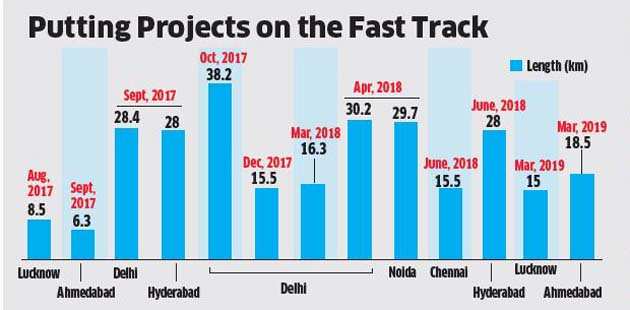Niti Aayog has suggested that the Centre should work with states to lower stamp duties and also expedite release of land caught in litigation due to archaic urban land ceiling act to check black money in real estate sector and make housing affordable.
The government think-tank recommended providing monetary or non-monetary compensation in case of revenue loss to the states due to a reduction in stamp duty.
In its three-year action plan, the Aayog highlighted that a key factor contributing to inflated land prices has been the flow of illicit money into real estate.
“Therefore, attacking black money would have the important beneficial side effect of bringing land prices down and making housing more affordable for low-income families,” said the plan, adding that one important factor encouraging the flow of black money into the land is high stamp duty.
“Working with states to lower this duty would help bring land prices down,” it said.
“Lowering the stamp duty for real estate sales at the state level will limit incentives to carry out transactions using unaccounted wealth,” the plan said, adding that in the long run, lower stamp duties will help create a more efficient property market.
The Aayog argued that in states where the stamp duty is very high, revenues are likely to rise because the decline in the duty would discourage buyers from under-declaring the value of the transactions.
The lower duty would also encourage buyers who are otherwise deterred from entering the market which would work towards raising revenue, it said.
The Aayog said, “…We need to provide monetary or non-monetary compensation in case of revenue loss in the wake of a reduction in the stamp duty.”
The plan said Gujarat successfully lowered its stamp duty to 3.5 % from about 5%, with increased revenue from other sources making up the lost revenue from the reduction.
The Aayog said urban land ceiling act has contributed to keeping urban property prices artificially high as large chunks of vacant land have disappeared from urban land markets.
“Although most states have now repealed this act, many large pieces of land remain tied up in litigation. Releasing this land for commercial use should be a priority,” it said.
Unused land under the purview of central or state governments and sick PSEs, complex land conversion rules and high compensation for land under the Land Acquisition Act, 2013 restrict the supply of land in urban areas which is a key constraint for real estate development in cities.
Source-ET Realty
The government think-tank recommended providing monetary or non-monetary compensation in case of revenue loss to the states due to a reduction in stamp duty.
In its three-year action plan, the Aayog highlighted that a key factor contributing to inflated land prices has been the flow of illicit money into real estate.
“Therefore, attacking black money would have the important beneficial side effect of bringing land prices down and making housing more affordable for low-income families,” said the plan, adding that one important factor encouraging the flow of black money into the land is high stamp duty.
“Working with states to lower this duty would help bring land prices down,” it said.
“Lowering the stamp duty for real estate sales at the state level will limit incentives to carry out transactions using unaccounted wealth,” the plan said, adding that in the long run, lower stamp duties will help create a more efficient property market.
The Aayog argued that in states where the stamp duty is very high, revenues are likely to rise because the decline in the duty would discourage buyers from under-declaring the value of the transactions.
The lower duty would also encourage buyers who are otherwise deterred from entering the market which would work towards raising revenue, it said.
The Aayog said, “…We need to provide monetary or non-monetary compensation in case of revenue loss in the wake of a reduction in the stamp duty.”
The plan said Gujarat successfully lowered its stamp duty to 3.5 % from about 5%, with increased revenue from other sources making up the lost revenue from the reduction.
The Aayog said urban land ceiling act has contributed to keeping urban property prices artificially high as large chunks of vacant land have disappeared from urban land markets.
“Although most states have now repealed this act, many large pieces of land remain tied up in litigation. Releasing this land for commercial use should be a priority,” it said.
Unused land under the purview of central or state governments and sick PSEs, complex land conversion rules and high compensation for land under the Land Acquisition Act, 2013 restrict the supply of land in urban areas which is a key constraint for real estate development in cities.
Source-ET Realty










